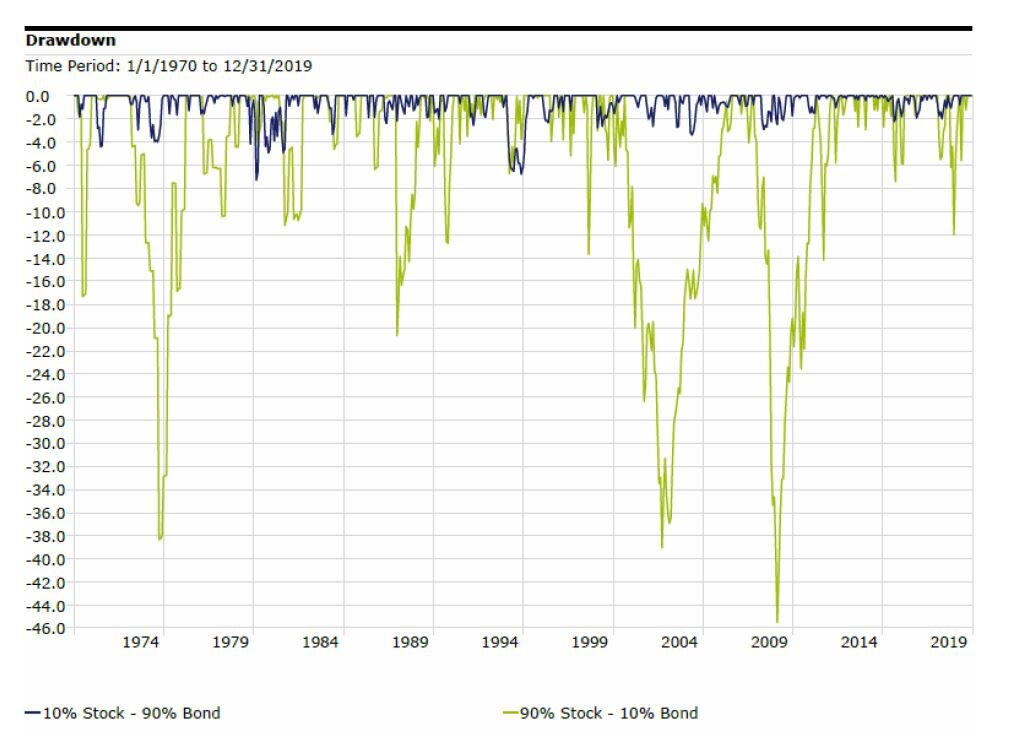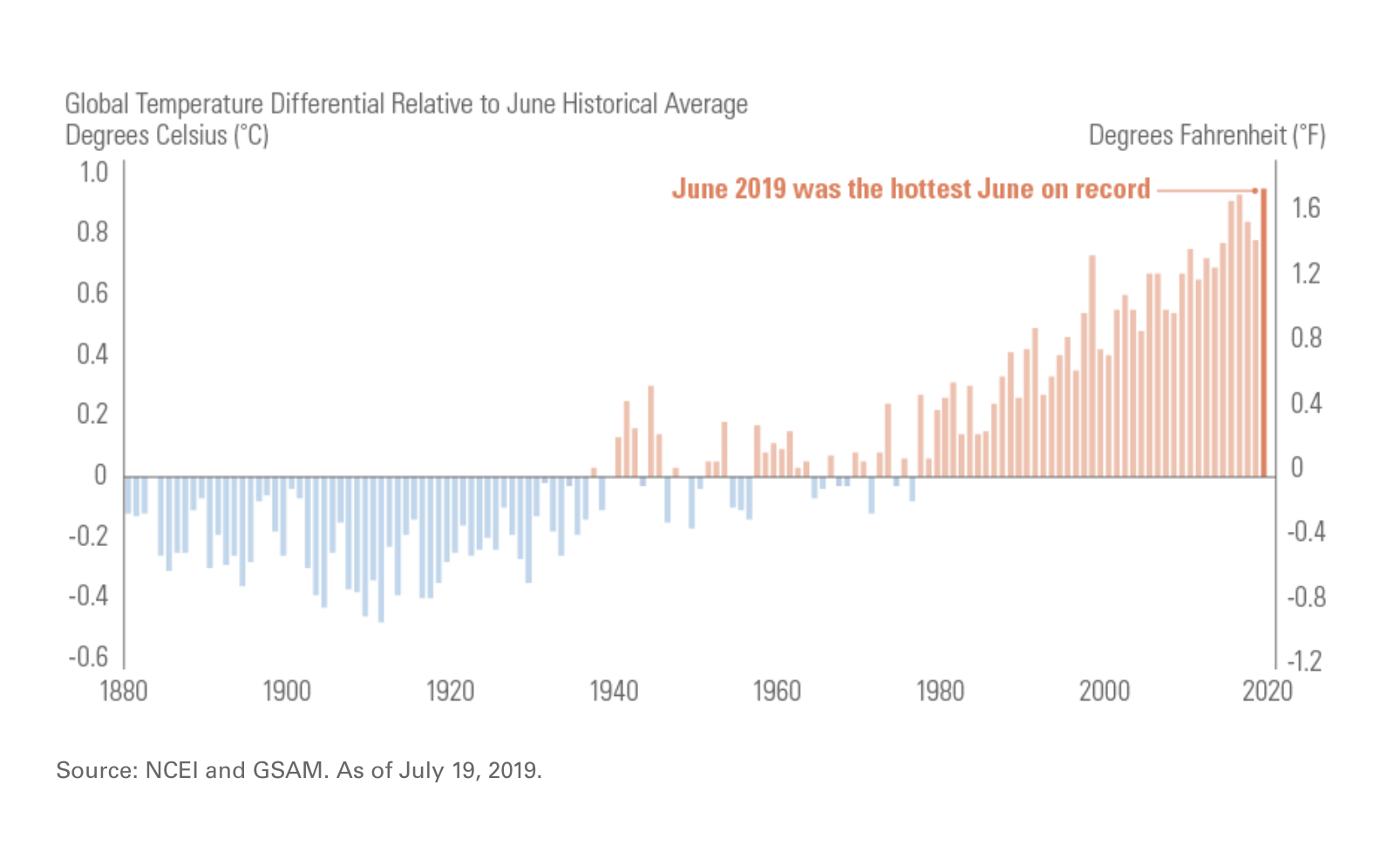 Contributed by: Angela Palacios, CFP®, AIF®
Contributed by: Angela Palacios, CFP®, AIF®
Recent market volatility caused by the spread of the coronavirus and a fear of a global economic slowdown has left many wondering if this has happened before and if so, is it different this time? There have been numerous outbreaks in recent history that we can look at. Below is a list of different outbreaks (many of which were far deadlier than the coronavirus) that occurred. Check out the return of the S&P 500 6 and 12 months after the epidemic.
But how about a short term global impact? The chart below shows 1 month, 3 month, and 6 month returns of the MSCI World index. Again, not the extreme reaction that we are feeling right now in markets.
While there may have been short term volatility, in most cases it was short lived.
But you may still be thinking that it is different this time. The world is far more dependent on global trade than it was during SARS in 2003 for example. There will be some supply chain disruptions and we may not be able to source these goods from other locations quickly enough. For example, Coca-Cola recently announced that there may be some supply disruptions in the artificial sweetener used in Diet Coke and Zero Sugar Coke…this could be devastating! I may have to switch to drinking regular coke! Actually, I don’t drink very much pop but now that I know there could be a shortage I’m craving it! Jokes aside, many industries may face this challenge until China is back up and running around the globe. The trade war has actually done more to prepare us for this situation than, I think, anything could have. Companies were already searching for supply sources outside of China or bringing production back into the U.S. after the implementation of tariffs last year.
The severity of the virus will dictate the eventual outcome. Right now investors are taking a “sell first and ask questions later” mentality. We have a lot to learn from the individuals in the U.S. under care of physicians here in the U.S. as to exactly how deadly this flu is under our system of healthcare which is one of the best in the world. Markets are selling off on a guess, right now, of where this could head. If history is any indicator, by this time next year, this should be a distant memory.
Angela Palacios, CFP®, AIF®, is a partner and Director of Investments at Center for Financial Planning, Inc.® She chairs The Center Investment Committee and pens a quarterly Investment Commentary.
There is no guarantee that these statements, opinions or forecasts provided herein will prove to be correct. Past Performance does not guarantee future results. One cannot invest directly in an index. The S&P 500 is an unmanaged index of 500 widely held stocks that is generally considered representative of the U.S. stock market. The MSCI World is a free float-adjusted market capitalization index that is designed to measure large and mid cap performance across 23 developed markets countries. The information has been obtained from sources considered to be reliable, but we do not guarantee that the foregoing material is accurate or complete.

























